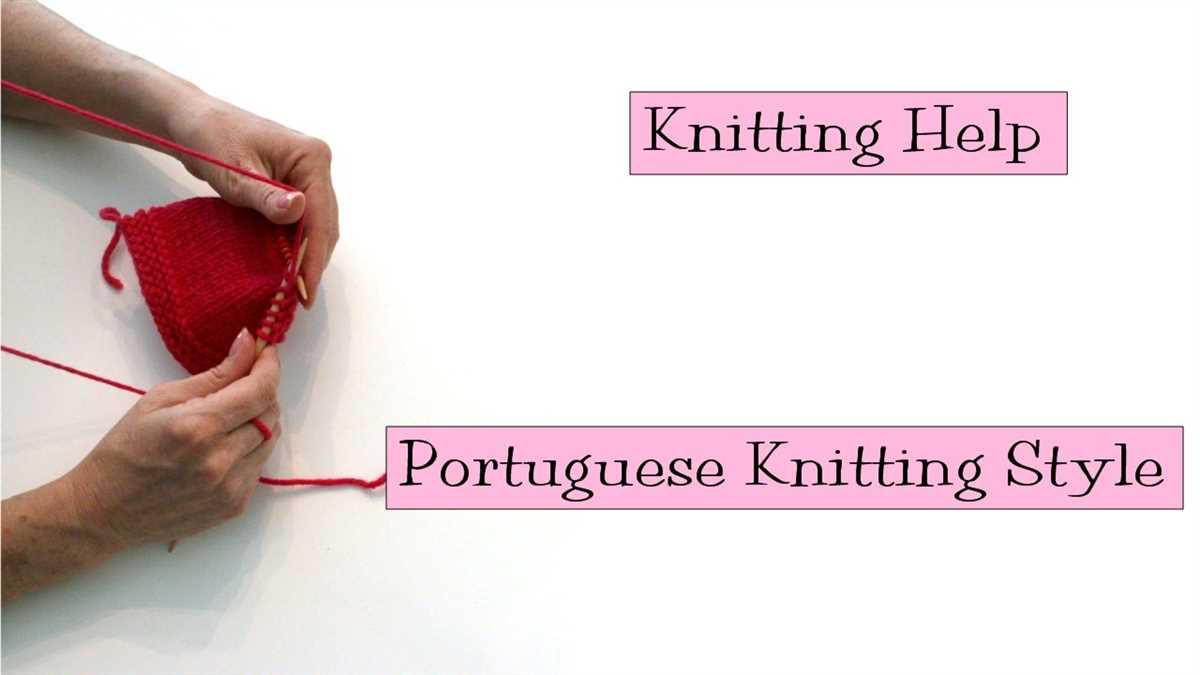
Portuguese knitting is a unique and beautiful style of knitting that originated in Portugal. It is characterized by the way the yarn is tensioned, with the working yarn held around the knitter’s neck or pinned to their clothing. This method allows for quick and efficient knitting, with less strain on the hands and wrists.
One of the most distinctive features of Portuguese knitting is the use of Portuguese knitting patterns. These patterns often feature intricate designs and textures, with a focus on cables, lace, and colorwork. Portuguese knitting patterns can be found in a variety of garments and accessories, including sweaters, shawls, socks, and hats.
The history of Portuguese knitting patterns dates back centuries, with influences from traditional Portuguese textiles and cultural motifs. Many patterns have been passed down through generations, each with its own story and significance. Today, there is a growing interest in preserving and reviving these traditional patterns, as well as creating new designs that are inspired by them.
History and origins of Portuguese knitting
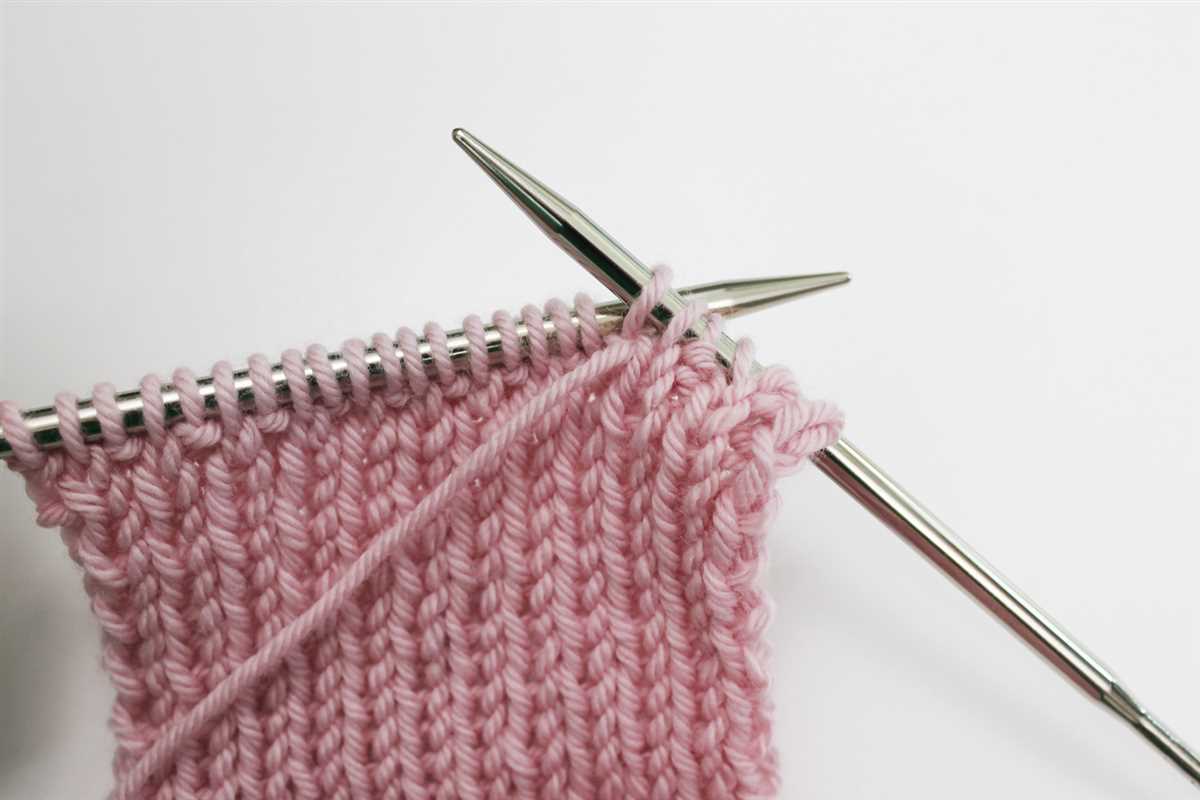
Portuguese knitting, also known as Portuguese style knitting or Portuguese purling, is a unique knitting technique that originated in Portugal. It is characterized by its distinctive method of tensioning the yarn on a special knitting pin or ring worn on the finger, as well as by its use of purling as the predominant stitch. This style of knitting is believed to have been introduced to Portugal by the Moors during the 8th century, and it has since become an integral part of Portuguese knitting traditions.
One of the key features of Portuguese knitting is the use of a knitting pin or ring, known as an ‘apouta’ or ‘espadeladeira’. This small tool is worn on the knitter’s non-dominant finger, allowing them to control the tension of the yarn as they work. The knitting pin is held securely in place, and the yarn is looped over it to create consistent tension. This technique not only provides an ergonomic advantage, but also allows for faster and more efficient knitting.
The Portuguese knitting style is also known for its unique use of purling. Unlike traditional Western knitting, where the dominant stitch is the knit stitch, Portuguese knitting primarily uses the purl stitch. This method of purling is often referred to as ‘Eastern purl’ or ‘reverse purl’, and it involves wrapping the yarn around the needle in the opposite direction to create a purl stitch. This purl-centric approach gives the finished fabric a distinct texture and appearance.
Over the years, Portuguese knitting has gained popularity beyond its country of origin. Knitters around the world have embraced this unique technique for its efficiency, ergonomic benefits, and beautiful results. Today, there are numerous resources available, including books, tutorials, and workshops, that provide guidance on how to master the art of Portuguese knitting and explore its rich heritage.
Benefits of using Portuguese knitting techniques
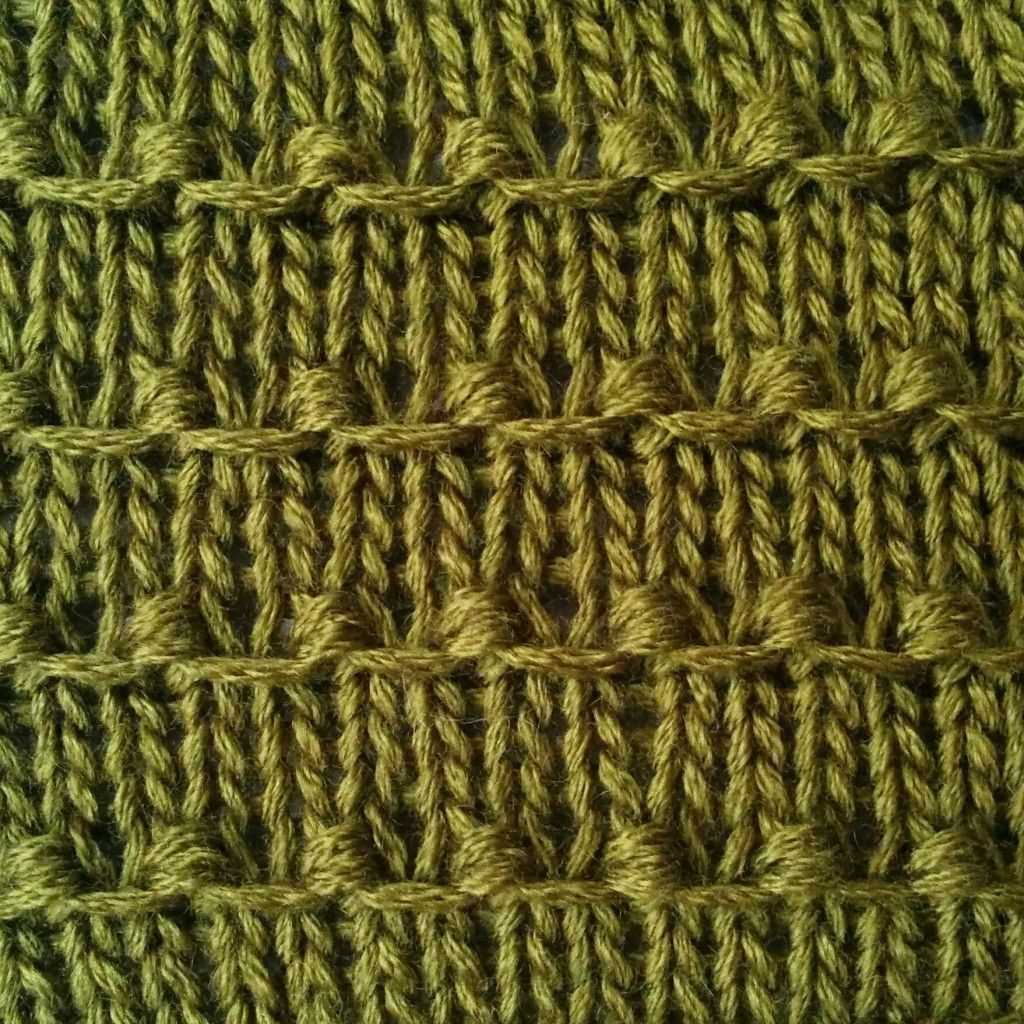
Portuguese knitting techniques offer a range of benefits for knitters, from increased speed and efficiency to improved tension control and comfort. By holding the yarn in the left hand and using a knitting pin or hook, Portuguese knitting allows for faster and more fluid movements.
One of the main advantages of Portuguese knitting is its ergonomic nature. With the yarn tensioned around the neck or through a pin on the knitter’s clothing, there is less strain on the hands and wrists compared to other knitting styles. This can be particularly beneficial for knitters with arthritis or other hand-related conditions, allowing them to continue enjoying their craft with reduced discomfort.
Another advantage of Portuguese knitting is its exceptional tension control. The use of a knitting pin or hook helps maintain consistent tension throughout the knitting process, resulting in even stitches and a more professional finish. This makes Portuguese knitting particularly suited for intricate lace work or colorwork patterns where precise tension is essential.
In addition, Portuguese knitting allows for greater efficiency in knitting. The continuous motion of wrapping the yarn around the neck or pin enables faster knitting speeds, making it an ideal technique for large and complex projects. The structured method of Portuguese knitting also reduces the risk of dropped stitches or mistakes, as the hands are less likely to fumble the yarn or forget where they are in the pattern.
Overall, the benefits of Portuguese knitting techniques make it a favorable option for knitters of all skill levels. Whether you are seeking increased speed, improved tension control, or a more ergonomic approach, Portuguese knitting can enhance your knitting experience and help you achieve professional results.
Essential tools and materials for Portuguese knitting
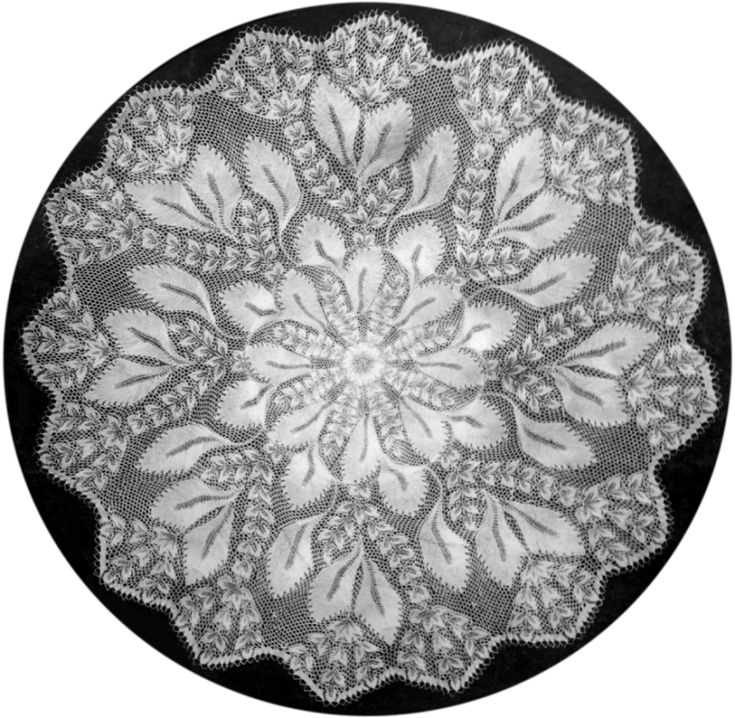
Portuguese knitting, also known as Portuguese-style knitting or Peruvian knitting, is a traditional method of knitting that originated in Portugal and has gained popularity around the world. This style of knitting involves holding the yarn in your left hand and using a small hook or pin to create the stitches. To get started with Portuguese knitting, there are a few essential tools and materials you will need.
1. Portuguese knitting pin
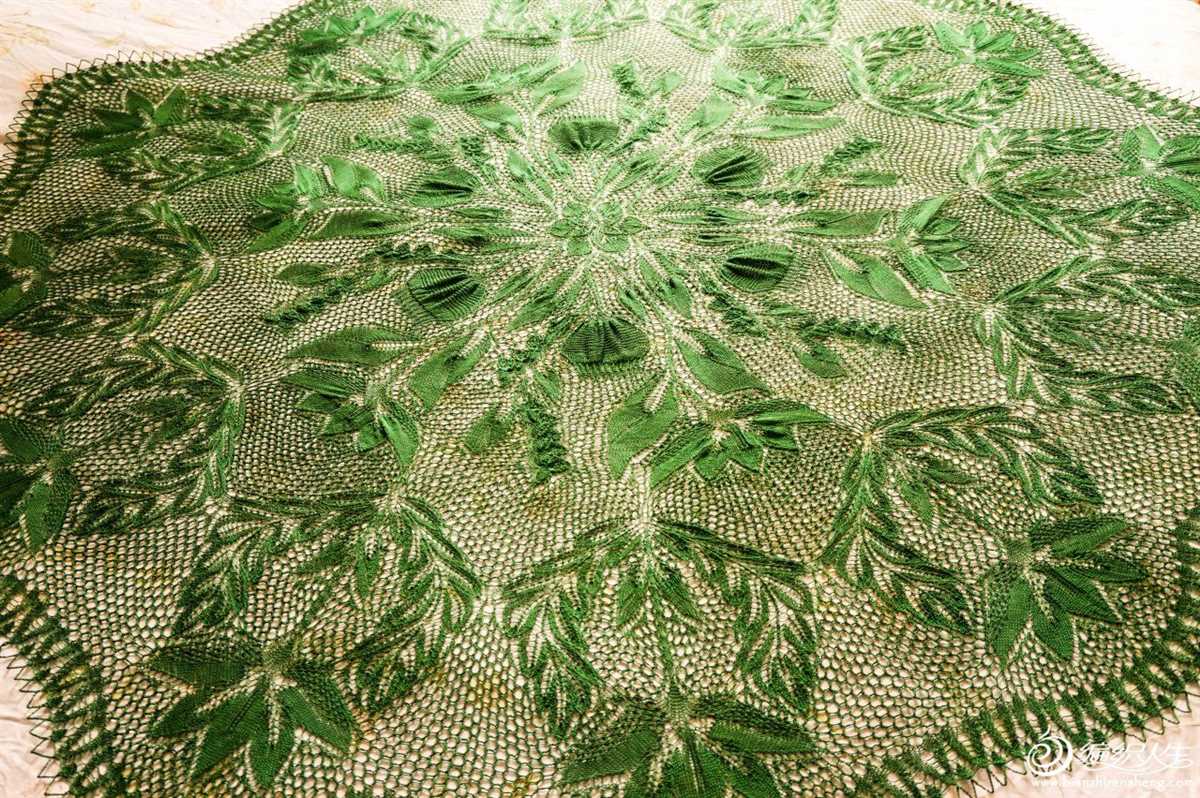
The Portuguese knitting pin is the key tool used in this style of knitting. It is a small, pointed pin that is attached to your knitting work. The pin holds the working yarn in tension as you create the stitches. The pin can be made from various materials such as wood, metal, or plastic, and it comes in different sizes and designs.
2. Circular knitting needles
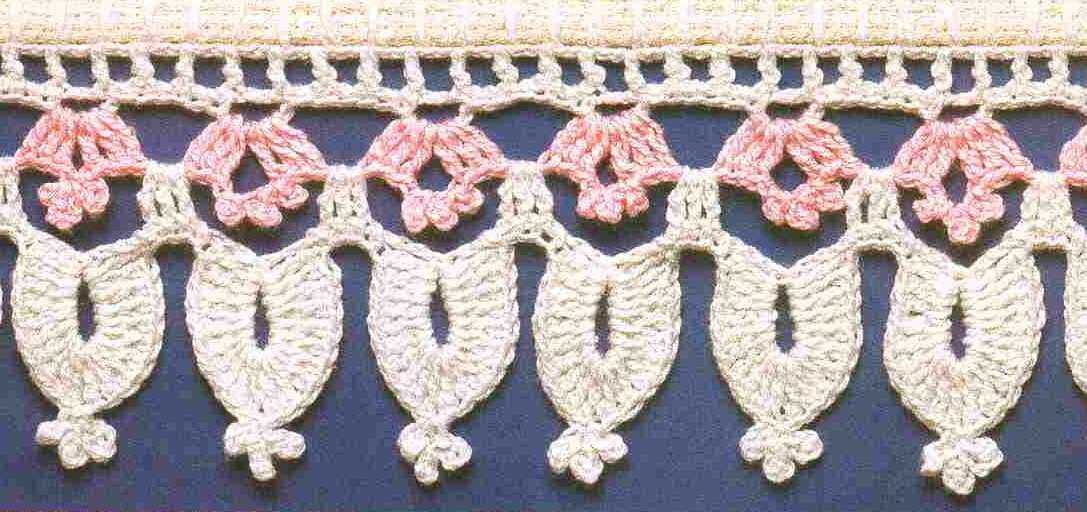
Circular knitting needles are commonly used in Portuguese knitting, as they allow you to hold the pin securely in place while working on your project. The length of the circular needles should be suitable for the size of your project, whether it’s a hat, a sweater, or a scarf. Choose needles made from a material that feels comfortable in your hands, such as bamboo or metal.
3. Yarn
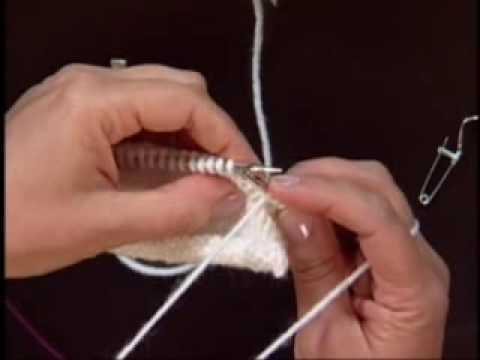
Selecting the right yarn is crucial for Portuguese knitting. The yarn should have sufficient grip to stay on the knitting pin without slipping off easily. Wool or wool-blend yarns are popular choices for this style of knitting, as they have a natural texture that works well with the pin. Experiment with different yarn weights and fiber compositions to find what works best for your projects.
4. Stitch markers and tapestry needle
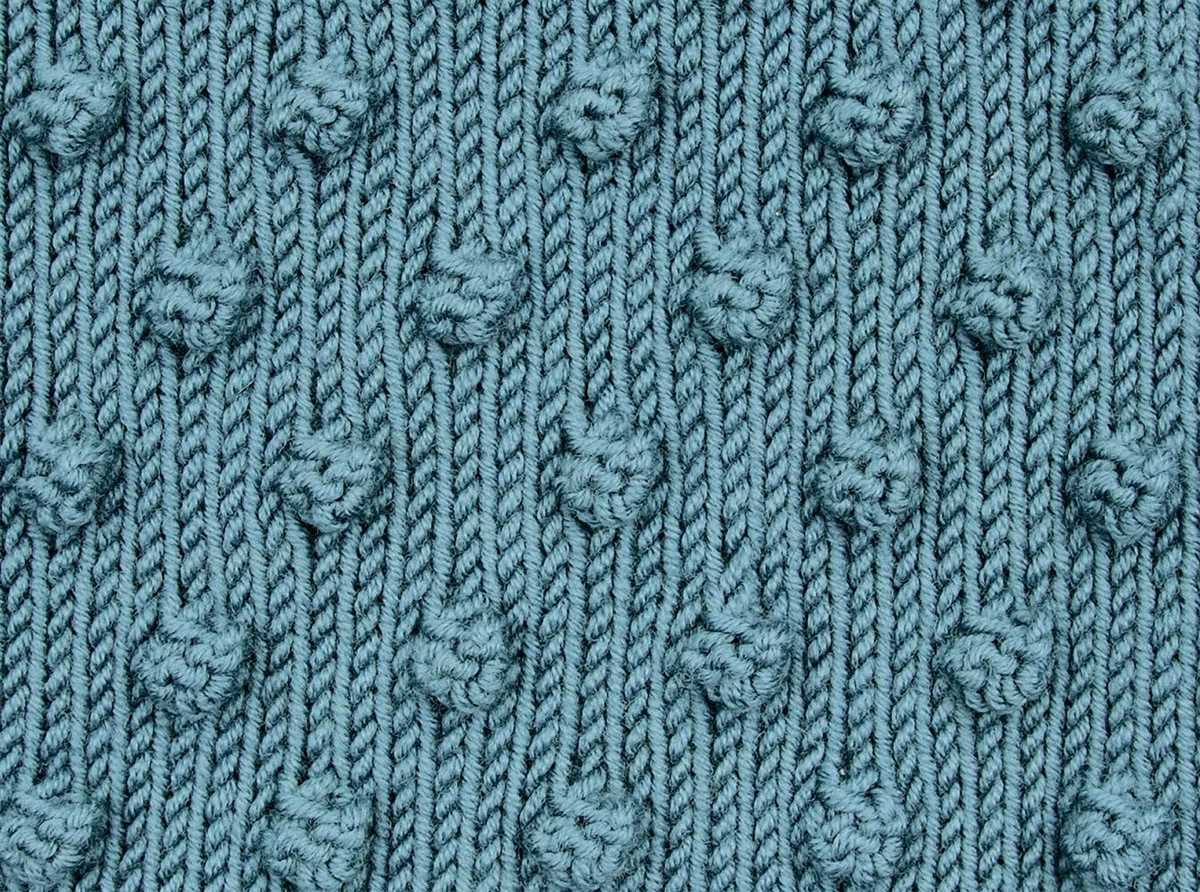
Stitch markers are useful for marking different sections or patterns in your knitting. They can be placed on the needles or attached to the knitting pin. A tapestry needle is essential for weaving in loose ends and finishing your projects. Look for blunt-tipped tapestry needles that can easily glide through the stitches without snagging them.
With these essential tools and materials, you’ll be well-equipped to start exploring the beautiful world of Portuguese knitting. Remember to practice and have fun with your projects, and soon you’ll be creating stunning knitted items in this unique style.
Adapting Portuguese knitting techniques for modern designs
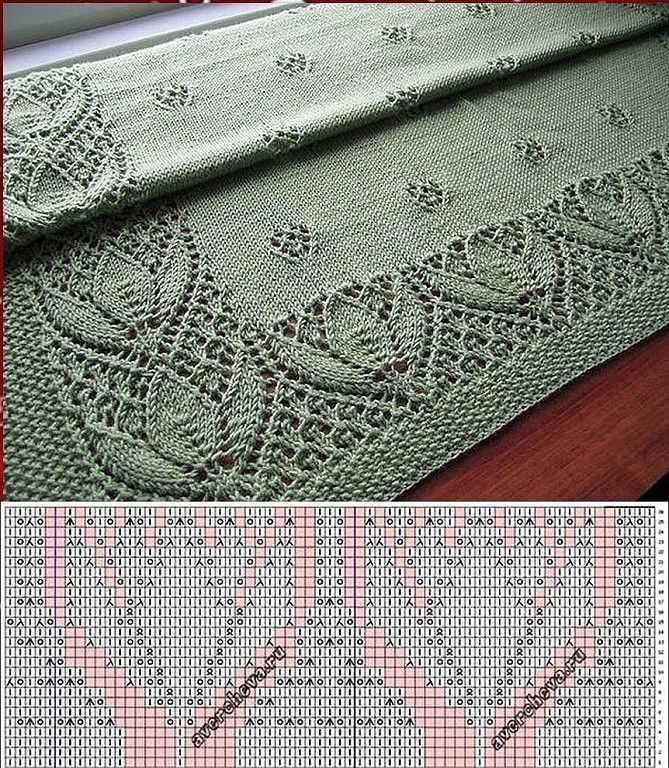
Portuguese knitting techniques have a long history and are known for their efficiency and unique use of a knitting pin or Portuguese knitting needle. Traditionally, these techniques have been used to create intricate patterns and designs, often inspired by Portuguese culture and history. However, as knitting trends and styles evolve, it is important to adapt these techniques to suit modern designs.
One way to adapt Portuguese knitting techniques for modern designs is to combine them with contemporary knitting patterns. By incorporating traditional Portuguese stitches and motifs into modern patterns, knitters can create unique and visually stunning pieces. For example, a traditional cable stitch could be used to create an interesting texture on a modern sweater or hat.
Using Portuguese knitting techniques as embellishments
Another way to adapt Portuguese knitting techniques is to use them as embellishments on modern designs. Instead of creating an entire garment using Portuguese knitting, knitters can add small accents or details using these techniques. For instance, a border of Portuguese eyelet lace could be added to a scarf or shawl to give it a delicate and intricate touch.
Combining Portuguese and other knitting techniques
Furthermore, Portuguese knitting techniques can also be combined with other knitting techniques to create unique and innovative designs. By integrating the Portuguese purl stitch with traditional stockinette stitch or using the Portuguese style for colorwork knitting, knitters can add an extra layer of depth and complexity to their projects.
Adapting Portuguese knitting techniques for different materials
Lastly, Portuguese knitting techniques can be adapted for different types of knitting materials. From traditional wool yarn to more modern and unconventional materials like bamboo or silk, the versatility of Portuguese knitting techniques allows for experimentation and creativity. This opens up a whole new range of possibilities for modern designs.
- In summary, by combining Portuguese knitting techniques with contemporary patterns, using them as embellishments, experimenting with different knitting techniques, and exploring different materials, knitters can adapt these traditional techniques for modern designs. The result is a fusion of the old and the new, where centuries-old techniques are brought to life in fresh and innovative ways.
Tips and Tricks for Successful Portuguese Knitting
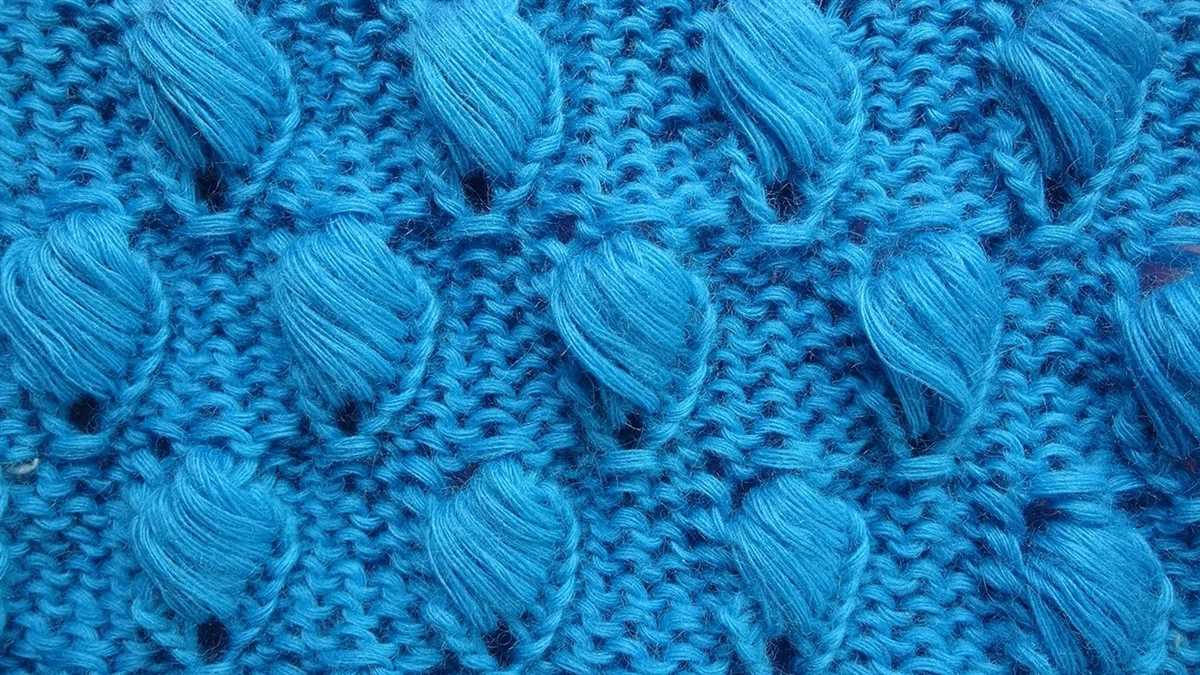
Portuguese knitting is a unique and efficient style of knitting that can enhance your knitting experience. To help you get started and improve your skills, here are some tips and tricks:
1. Maintain Tension
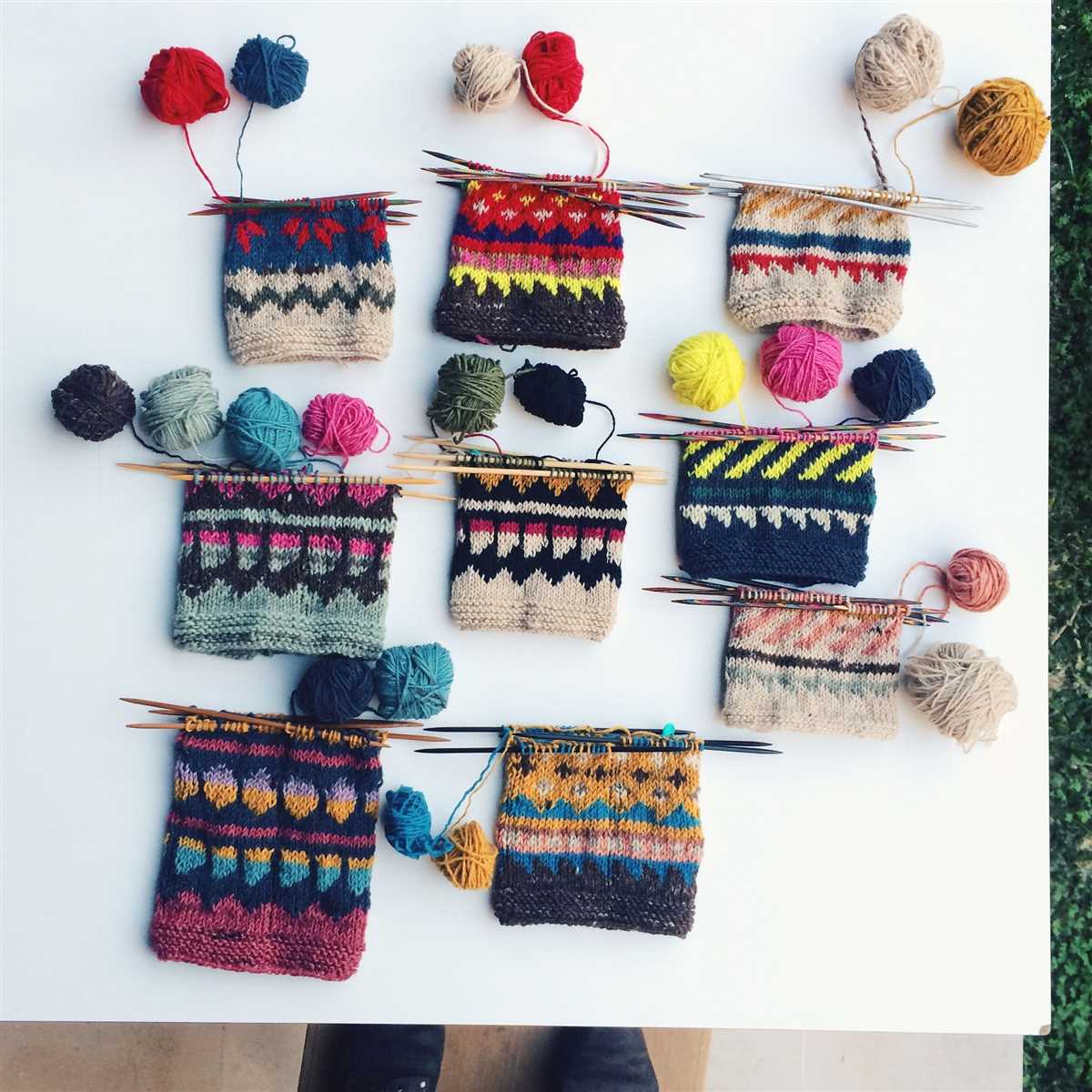
One of the key elements of Portuguese knitting is maintaining consistent tension. Make sure to keep your yarn taut around your neck or through your pin, as this will help you achieve even stitches. Practice controlling your tension to create beautifully uniform fabric.
2. Utilize Finger Movements
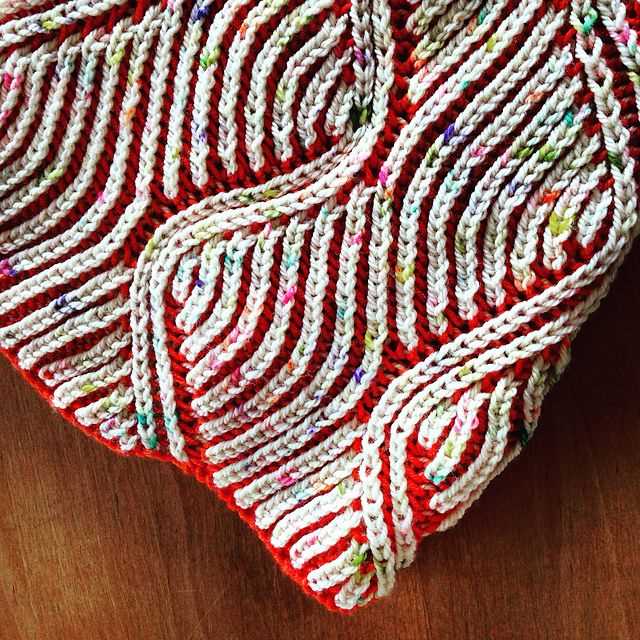
In Portuguese knitting, the fingers of your right hand do most of the work. Focus on using your thumb and index finger to move the yarn over and under the needle. This unique finger movement enables faster and more efficient knitting.
3. Take Advantage of the Purl Stitch
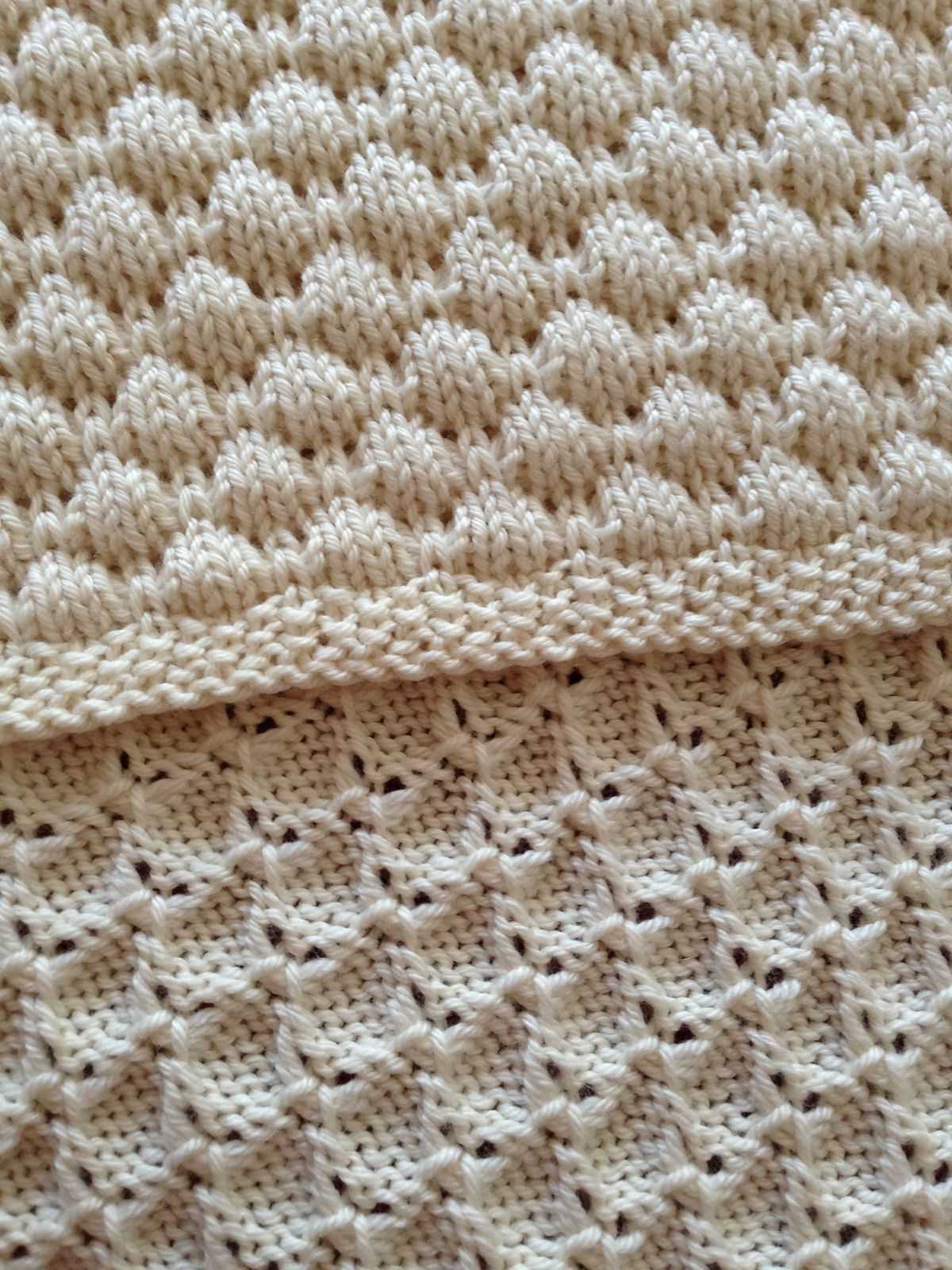
The purl stitch in Portuguese knitting is especially easy and quick to execute. As you bring the yarn forward, insert the right needle through the stitch from back to front and wrap the yarn under the needle. This method allows for a seamless transition between knit and purl stitches.
4. Practice Tensioning Yarn with Non-Dominant Hand
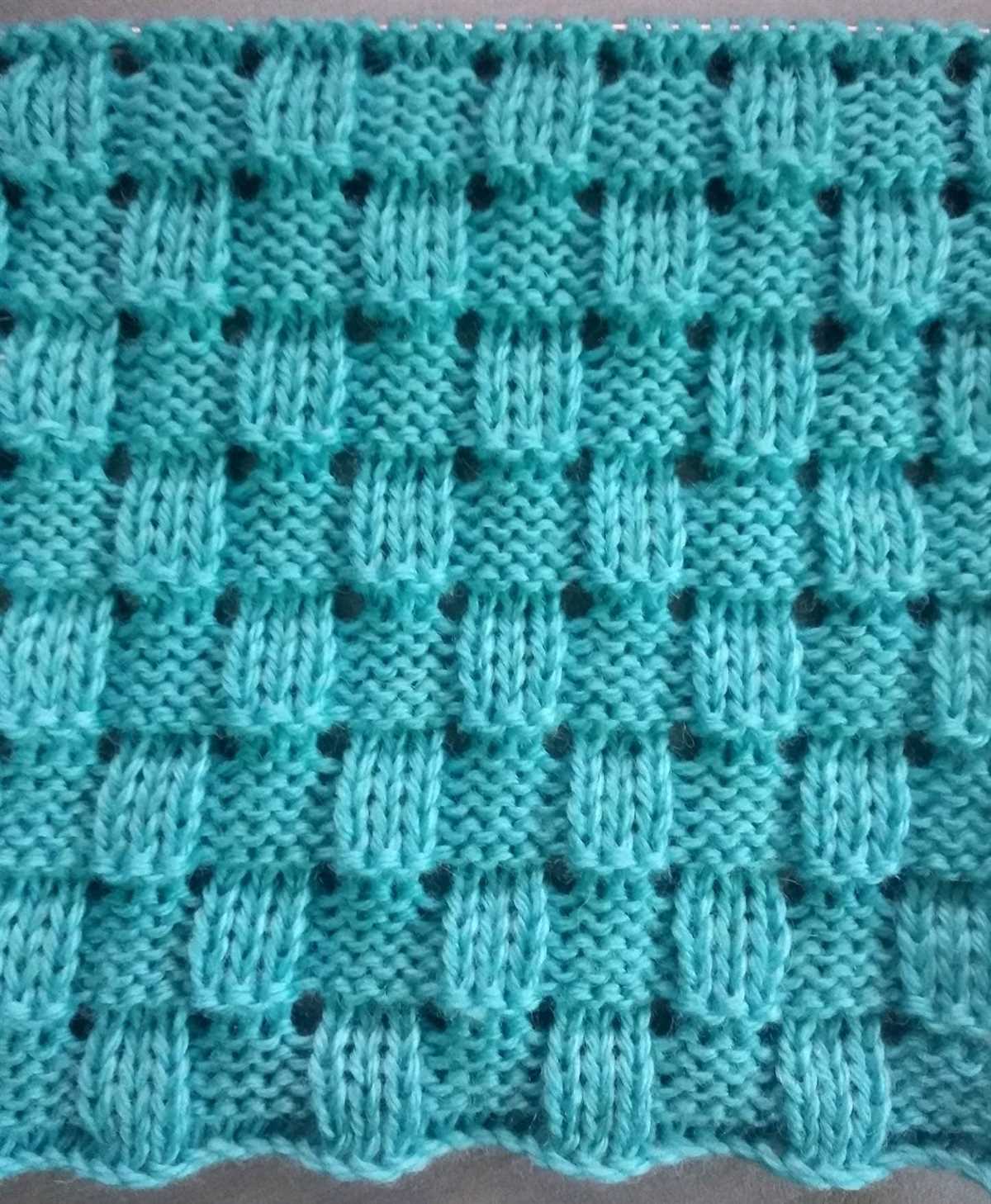
In Portuguese knitting, the yarn is tensioned with the non-dominant hand. This may feel unusual at first, but with practice, it becomes natural. Experiment with different ways of holding the yarn to find the most comfortable and efficient method for you.
5. Be Mindful of Needle Placement
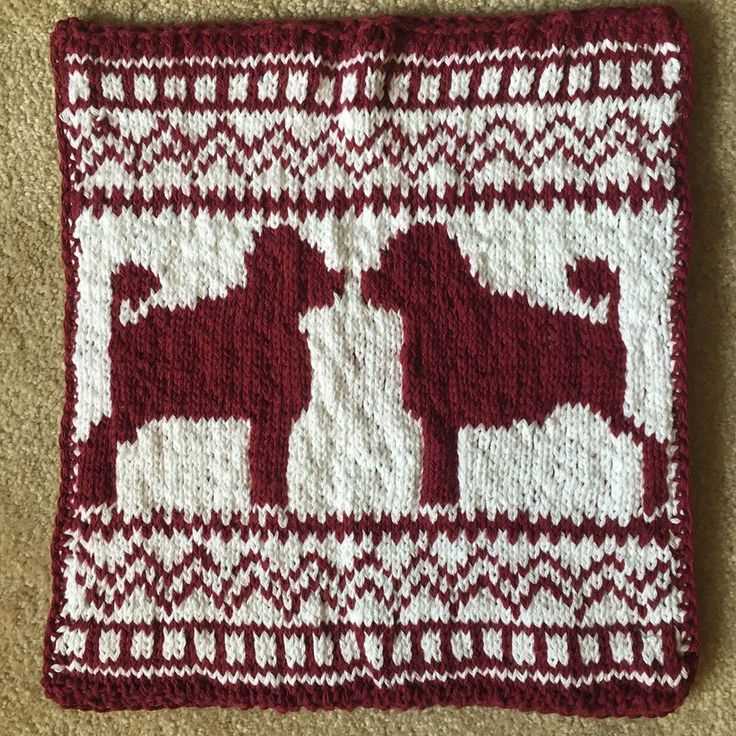
Pay attention to the position of your needles when changing from knit to purl or vice versa. Keep the needle tips close together to avoid any unnecessary twisting or dropping of stitches.
6. Start with Simple Patterns
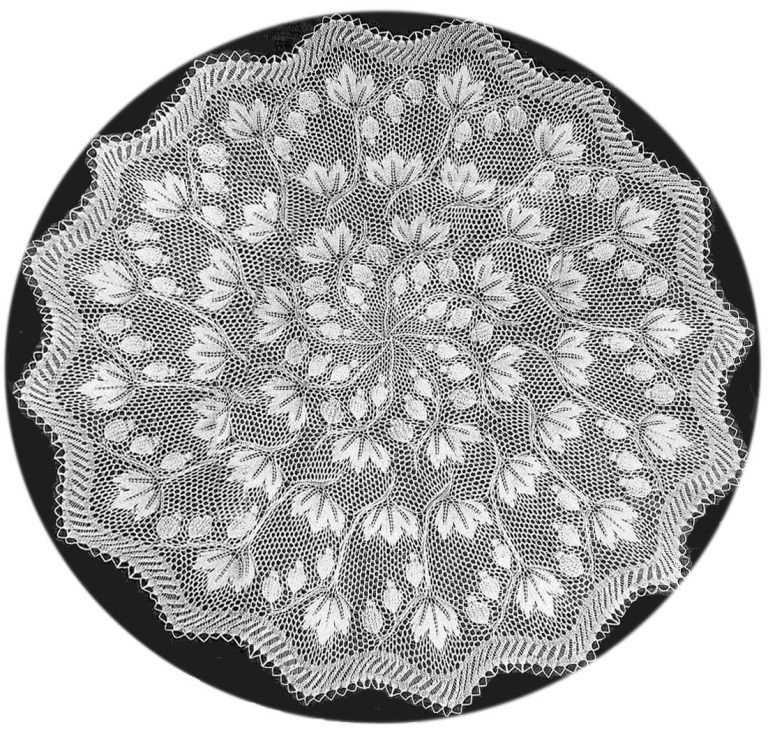
If you’re new to Portuguese knitting, start with simple patterns to familiarize yourself with the style. As you gain confidence and skill, you can gradually take on more complex projects, such as intricate lace patterns or colorwork.
7. Practice Regularly
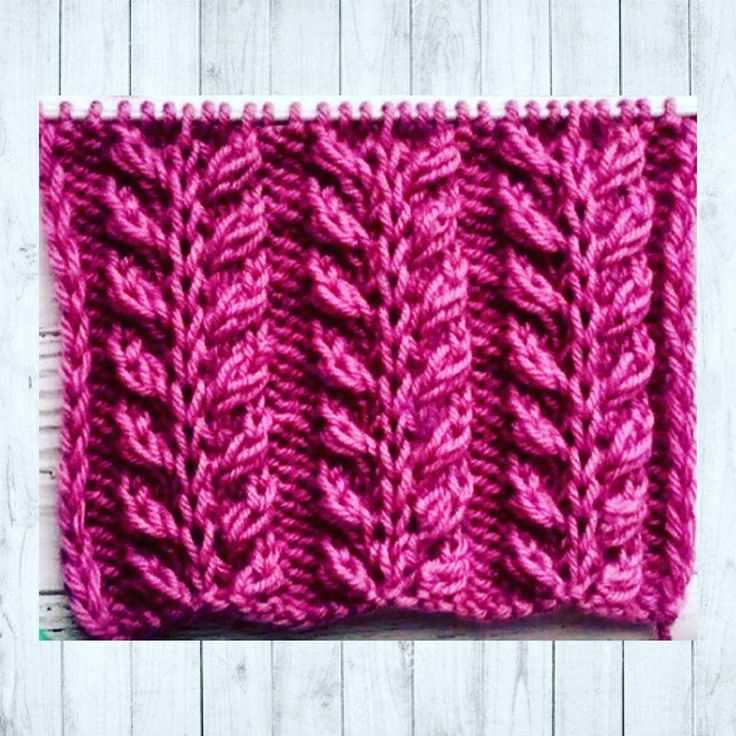
Like any knitting technique, consistent practice is key to improving your Portuguese knitting skills. Set aside regular time to practice and experiment with different stitches. The more you knit, the more comfortable and proficient you’ll become.
Remember, mastering Portuguese knitting may take time and patience, but the effort is well worth the beautiful results. With these tips and tricks, you’ll be on your way to becoming a confident Portuguese knitter.